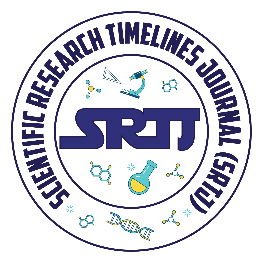Overview of Flavonoid 3',5'-Hydroxylase Enzyme and Gene, Including A Novel Discovery in Barley
Keywords:
Flavonoid, Anthocyanin, Barley, Crop, Genetics, GeneAbstract
Flavonoid-3'5'-hydroxylase (F3'5'H) is a key enzyme in the anthocyanin metabolic pathway, capable of catalyzing the hydroxylation at the 3' and 5' positions of the B-ring of dihydroquercetin to produce dihydromyricetin, which ultimately forms delphinidin, playing a significant role in plant flower color expression. Barley is a crop with strong tolerance and a wide range of adaptability, and it is rich in active substances such as anthocyanins, making it a representative of functional crops. The F3'5'H gene is one of the least studied structural genes in the barley anthocyanin synthesis pathway. Introducing genes into crops through genetic engineering and other means to express them and thus endow crops with corresponding functional substances is a common method for the production of functional crops. This article reviews the discovery of the gene, its role in the synthesis pathway, gene structure and evolutionary analysis, commercial applications, and current research on barley, aiming to provide some insights for the development and application of this gene in functional crops.
Downloads
Downloads
Published
Issue
Section
License
Copyright (c) 2024 Scientific Research Timelines Journal

This work is licensed under a Creative Commons Attribution-NonCommercial 4.0 International License.








 This work is licensed under a
This work is licensed under a 